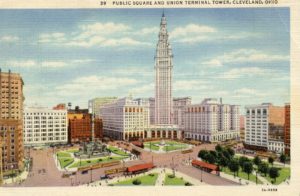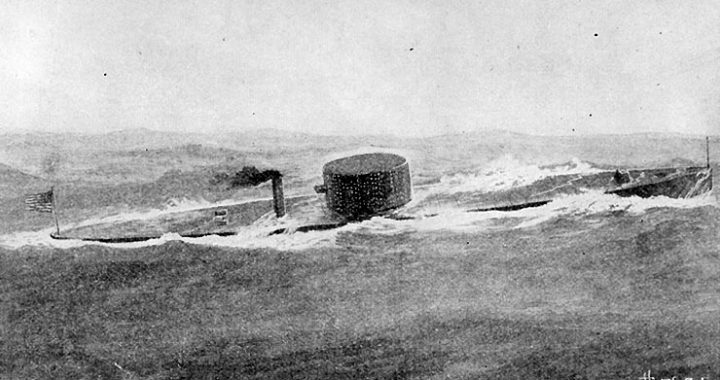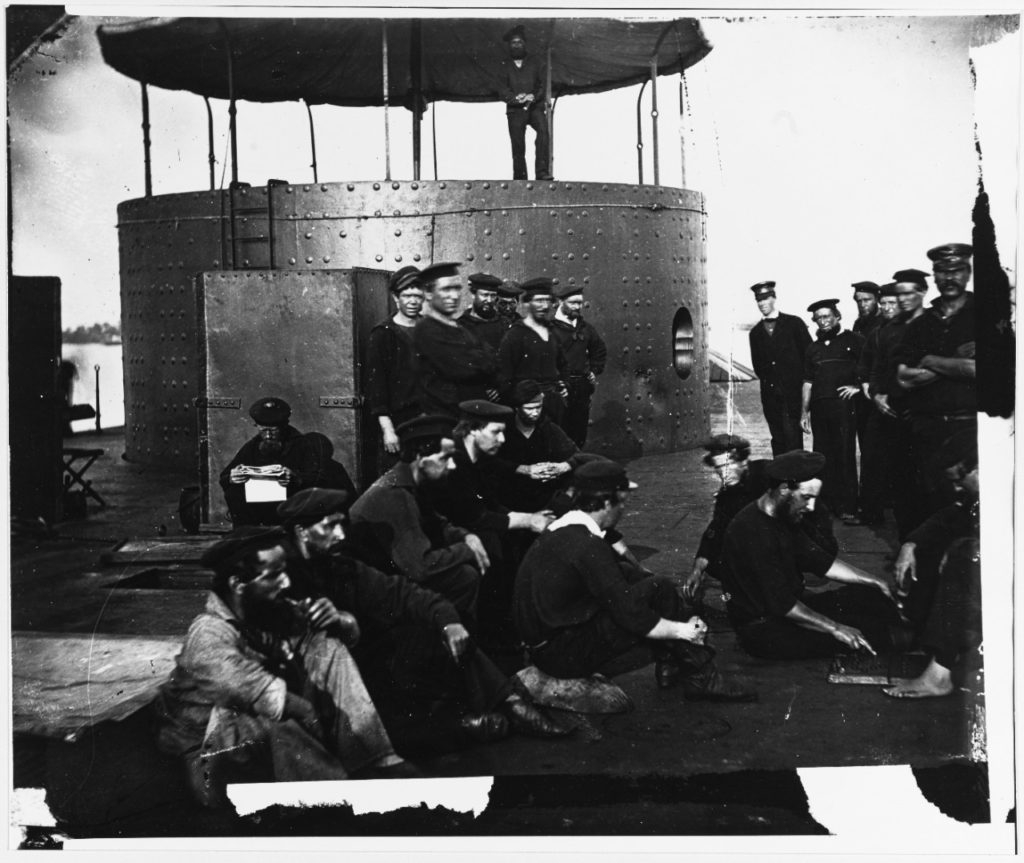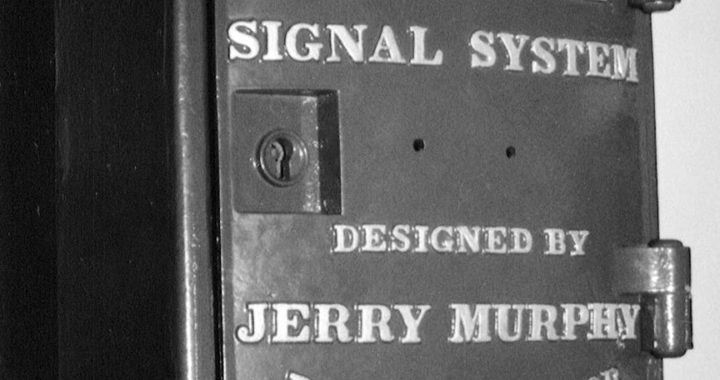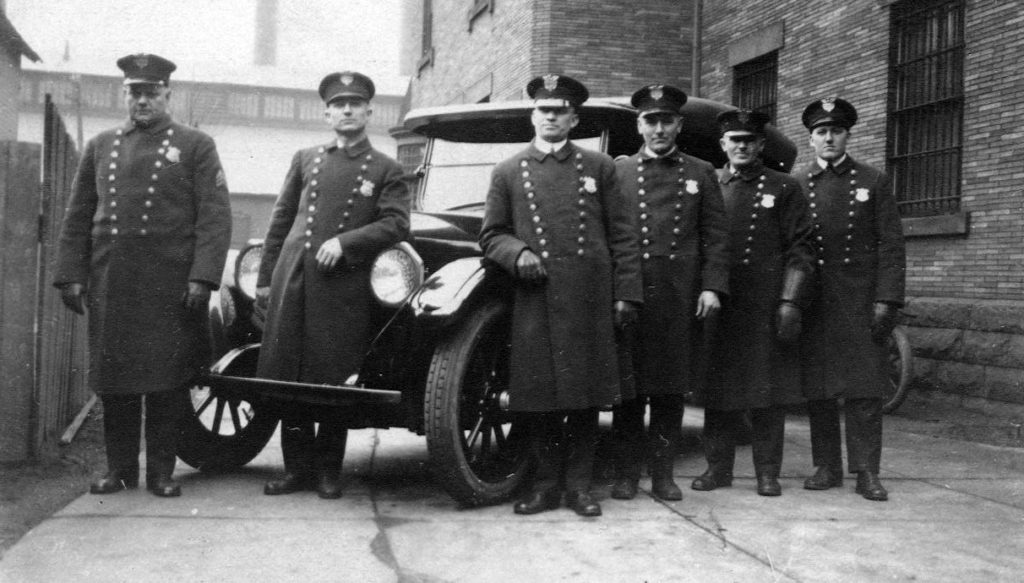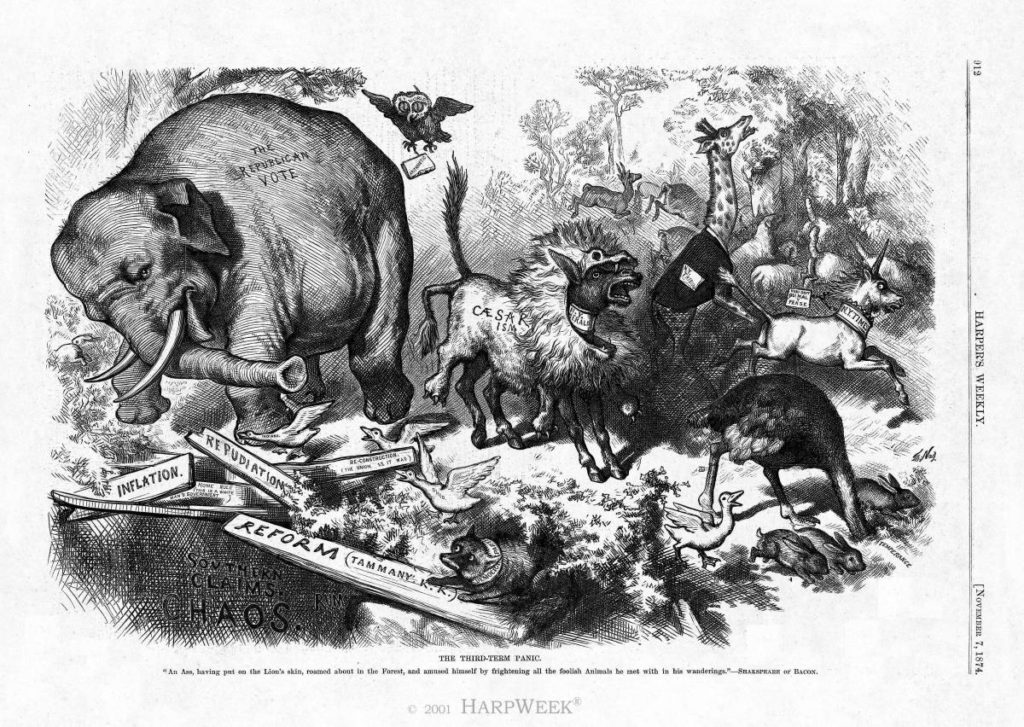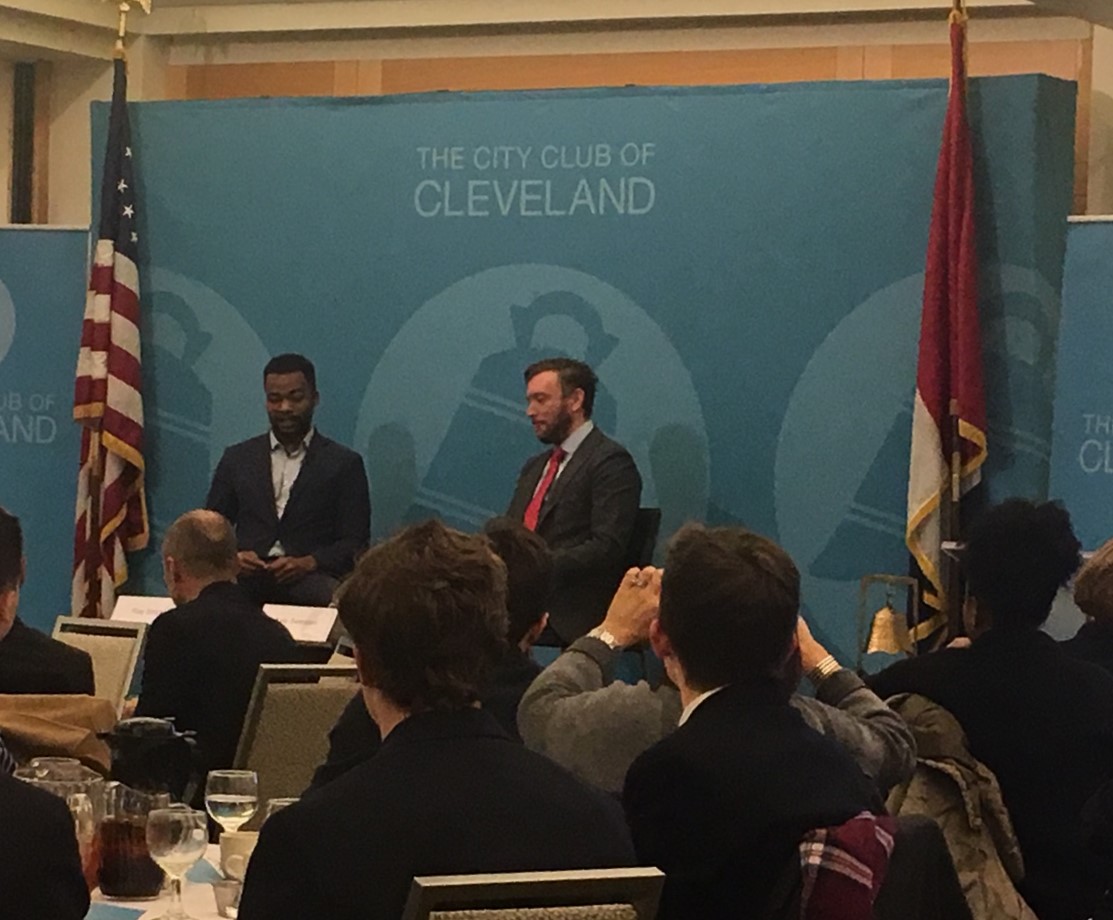Since 1950, humans have produced 8.3 billion metric tons of plastic. Nearly all of it is still in the environment, said University of Colorado biogeochemist Michael SanClements yesterday, during a presentation at the Rocky River Public Library.
“We have progressed from the stone age to the bronze age to the iron age and are now in the plastic age,” said SanClements, who discussed the history of plastic which he researched while writing his book, Plastic Purge. In the book and at yesterday’s talk, SanClements described the evolution of global society from one where consumer products were made of durable materials like glass, wood, ceramics, and metal to a throw-away society characterized by the proliferation of single-use plastic.
Half of all plastic produced today is used to make single-use packaging, SanClements said. These materials are used for an average of twelve minutes, but they last essentially forever. While plastic fragments, it never breaks down completely, and after 70 years of increasing plastic production, the material is ubiquitous in our environment, with uncertain effects on human health.
Single-use plastics, like grocery bags, water bottles, and other types of packaging are an example of an ugly, unnecessary use of plastic, said SanClements. But plastic itself is not the issue. As a material, plastic is versatile, inexpensive, lightweight, durable and appropriate for countless beneficial uses, including medical devices, insulation, tools, aircraft components, auto parts, and others.
“Plastic is a powerful, important product,” said SanClements. “But it’s a lot like an invasive species. We have too much in the wrong places.”
And one of the wrong places is the world’s oceans, which currently contain an estimated 51 billion pieces of plastic. “This is a global problem,” said SanClements, “and as a wealthy nation we have a responsibility to help other nations.”
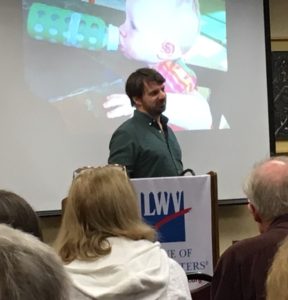
Author Michael SanClements at the Rocky River Public Library
Worldwide, less than ten percent of plastic is recycled, said SanClements. In the United States, the percentage is smaller, especially since China stopped accepting U.S. plastic for recycling in 2018. Plastic needs to be sorted properly and be free of contaminants to be recyclable. Single-stream recycling programs in the United States, which allow people to mix various kinds of materials in single containers, increase contamination and make sorting much more difficult and expensive.
Material will be recycled only if there is a market for it, and right now, the U.S. economy has not developed enough markets to justify large-scale plastic recycling. Some plastic is burned in incinerators to recapture the energy contained in the petroleum-based products, but an estimated 85 percent of plastic used in the United States ends up in landfills or the environment.
As a society we need to differentiate between valuable uses of plastic and unnecessary, harmful uses, he said. He also believes we should make a greater effort to recover the energy stored in plastics by increasing our use of trash-to-energy facilities.
Single-use plastics are obvious candidates for replacement by other materials, he said. Sixty years ago, we had no single-use plastics, but we still had a consumer society that provided all the essentials for middle-class life. Solutions for replacing single-use plastic with other materials already exist, he said.
Reusable cloth grocery bags, refillable bottles for water and coffee, glass jars, paper bags, beeswax wrap, bars of soap, and reusable mesh bags for produce are a few of the simple alternatives that are readily available, affordable, and convenient, said SanClements.
“Nothing makes less sense than wrapping a cucumber that will last a week in plastic that will last a millennium,” he said.
March 22, 2019


